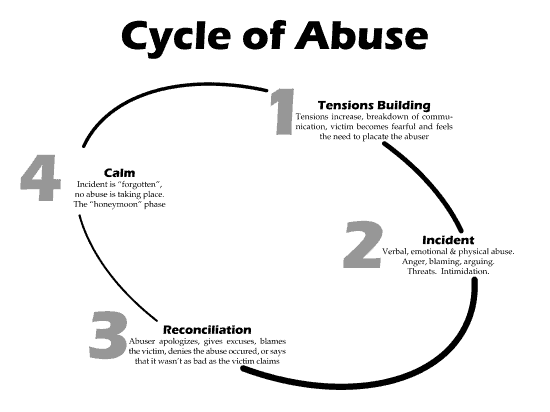By: Amber Reumont
On July 24, Baltimore Ravens running back, Ray Rice was suspended from the team for two games. Many people responded to the miniscule punishment with anger, as harsher punishments have been given to players with drug offenses than the suspension originally imposed on Rice. Fans, fellow NFL players, journalists, and domestic violence advocates felt that the NFL’s priorities undermined the seriousness of domestic violence. Following the ire drawn by Rice’s punishment, NFL commissioner Roger Goodell amended the punishment for domestic violence cases to include a six game suspension upon the first incident and a lifelong ban following the second incident.
Footage was originally released showing only the time immediately after the altercation occurred between Rice and his wife, Janay. However, footage was later released from inside the elevator, displaying proof that Rice became violent towards his wife, thus knocking her unconscious. The new footage simply gives hard evidence to what many had already known; that is, Rice punched his then-fiancé. Outrage over the incident was quickly renewed resulting in quick backtracking of the situation’s initial handling. The Ravens decided to release Rice from his contract, and Goodell has suspended him from the league indefinitely.
Although the outrage was palpable, many fans continue to support Rice, noting that he has attended counseling and the couple has since been married. Others resort to joking about the incident and blaming the victim, Janay Rice, for marrying him. This response is key evidence that the depth and subsequent risks of abuse are not truly understood. The National Domestic Violence Hotline explains, “Leaving is not easy. On average, it takes a victim seven times to leave before staying away for good… As the abuser senses that they’re losing power, they will often act in dangerous ways to regain control over their victim.” Those who don’t understand the vast risks women in abusive relationships face often ask why they choose to stay, and the answer is complex.
Victim blaming is far too common when discussing violence against women. Understanding the facts is the only way we can overcome it and begin to take action against such behavior. It is important to note that abuse often exceeds physical violence and results in many psychological consequences for the victim. For instance, abuse may lead the victim to develop low self-esteem; the National Domestic Violence Hotline further notes, “Victims may believe they deserve no better than the abuse they receive.” Additionally, manipulative abusers may isolate their victims from other loved ones. Therefore, lack of options and emotional degradation are just two of a vast number of reasons that women remain in abusive relationships.
Safe Horizon states: “Every year, 1 in 3 women who is a victim of homicide is murdered by her current or former partner.” The Ray Rice incident exemplifies the difficulties associated with convicting abusers. Punishment was not truly handed down until absolute proof had been given. Furthermore, domestic violence, like rape, is a vastly underreported crime due to common victim blaming tactics. Though the statistics about domestic violence are grim, there are a vast number of resources available to assist victims across the country. In Maryland, House of Ruth dedicates its energy to assisting victims, educating the public about the signs, and combatting the violent behaviors that influence abuse. Much can and must be learned from the mishandling of the Ray Rice incident; to ensure a safer environment education about domestic violence must be spread.
